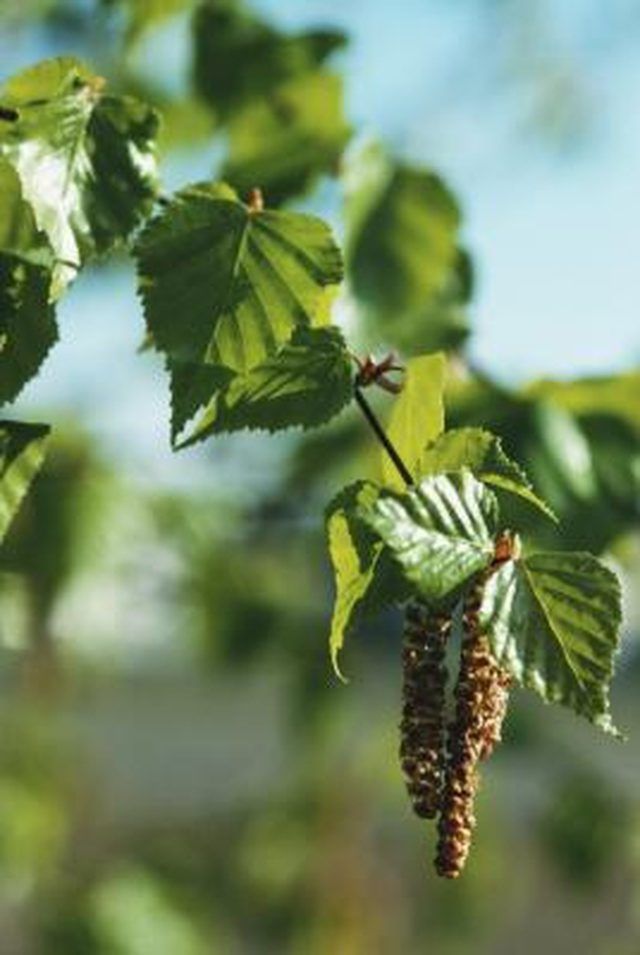Bulbs
Flower Basics
Flower Beds & Specialty Gardens
Flower Garden
Garden Furniture
Garden Gnomes
Garden Seeds
Garden Sheds
Garden Statues
Garden Tools & Supplies
Gardening Basics
Green & Organic
Groundcovers & Vines
Growing Annuals
Growing Basil
Growing Beans
Growing Berries
Growing Blueberries
Growing Cactus
Growing Corn
Growing Cotton
Growing Edibles
Growing Flowers
Growing Garlic
Growing Grapes
Growing Grass
Growing Herbs
Growing Jasmine
Growing Mint
Growing Mushrooms
Orchids
Growing Peanuts
Growing Perennials
Growing Plants
Growing Rosemary
Growing Roses
Growing Strawberries
Growing Sunflowers
Growing Thyme
Growing Tomatoes
Growing Tulips
Growing Vegetables
Herb Basics
Herb Garden
Indoor Growing
Landscaping Basics
Landscaping Patios
Landscaping Plants
Landscaping Shrubs
Landscaping Trees
Landscaping Walks & Pathways
Lawn Basics
Lawn Maintenance
Lawn Mowers
Lawn Ornaments
Lawn Planting
Lawn Tools
Outdoor Growing
Overall Landscape Planning
Pests, Weeds & Problems
Plant Basics
Rock Garden
Rose Garden
Shrubs
Soil
Specialty Gardens
Trees
Vegetable Garden
Yard Maintenance
When Do Birch Trees Pollinate?
When Do Birch Trees Pollinate?. Birches are termed "monoecious," meaning that the trees bear both male and female flowers on the same branch. Closely related to oaks and beech trees, each birch produces sufficient pollen to fertilize its female flowers in the springtime.

Birches are termed "monoecious," meaning that the trees bear both male and female flowers on the same branch. Closely related to oaks and beech trees, each birch produces sufficient pollen to fertilize its female flowers in the springtime.
Male Flowers
Birch trees (genus Betula) have delicate leaves, papery bark and graceful silhouettes. Flowers appear in catkins. The male flowers -- erect staminate catkins producing pollen -- appear at summer's end at the tips of long shoots. They remain on the tree until spring pollination.
Female Flowers
Female birch flowers -- solitary pistillate catkins -- pass the winter enclosed in buds. They appear about the same time as birch leaves, presenting as short catkins of less than 1 inch on short shoots. Each catkin contains three flowers.
Pollination
In the spring, the male catkins grow and change color. When they are several inches long and a purplish yellow hue, they shed pollen for three to five days. The female flowers become receptive just before the male flowers on the same tree shed pollen.